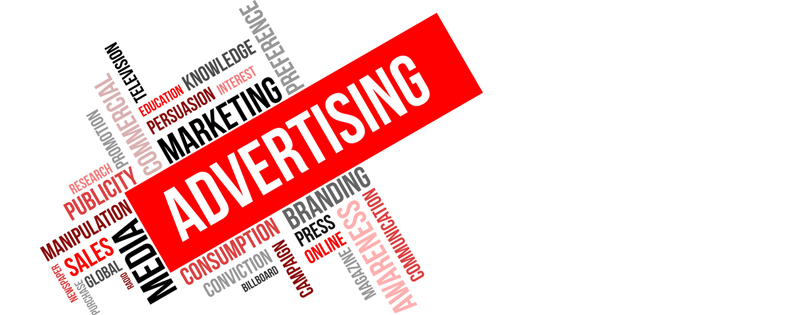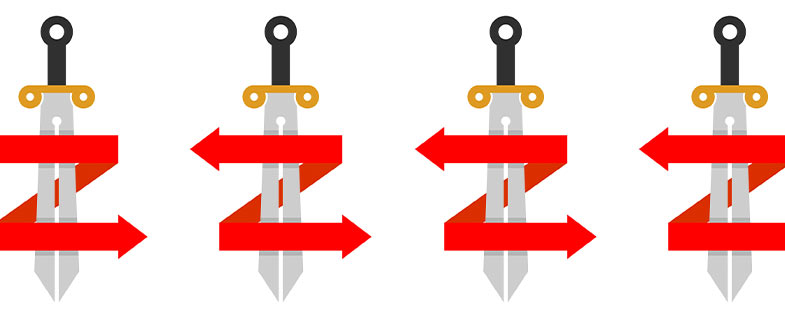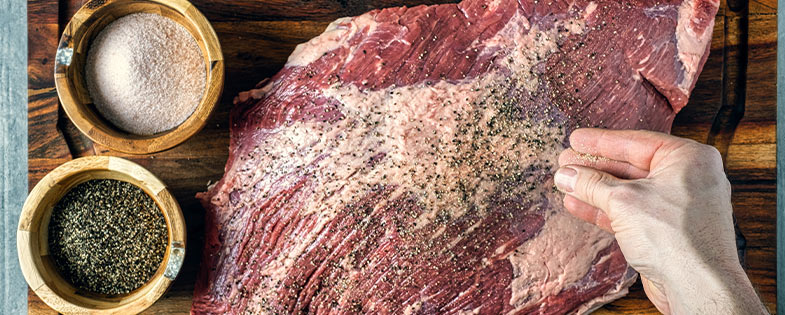

The Basic Rules of Advertising
While so much has changed in the advertising world with the foray into digital, it’s important to note that some rules of advertising remain the differentiator of what makes one business successful versus another. Like it or not, advertising is still the great influencer and persuader. And, if it didn’t work, US companies wouldn’t invest over $70 billion dollars to produce returns. Contrary to what you may hear from some other marketers in the jewelry business, successful advertising rarely succeeds in the long haul through argument or calls to action. Does that approach work for short-term sales or offers? Yes. But, over the life of your business, your advertising needs to evoke some level of emotion to influence someone to walk into your store, or quite simply, to encourage them to form a relationship with you. The greatest advertising (and some of the most iconic advertising) will leave an impression.
Two of the greatest legendary marketers of all time, David Ogilvy and Rosser Reeves outlined their rules of advertising in their two books Ogilvy on Advertising and Reality in Advertising. Now, 40 to 50 years later, everything they outlined in those books remains true today.
It all starts with a USP.
Know your USP.
USP (Unique Selling Proposition) is a term coined by Rosser Reeves. A great ad for a product or business begins by knowing what makes it beneficial to the end consumer and what makes your business (or product) different from the competition. Within that USP, Reeves explains there are 3 parts:
- Each advertisement must make a proposition to the consumer. Be direct. “Buy this product, and you will get this specific benefit”.
- The proposition must be something your competition either cannot or does not offer. In other words, it needs to be unique.
- It must be strong to motivate people to purchase what you are selling.
So how do you create a USP?
Research your product and users.
Survey your customers to not only get an idea of why people buy your product (or shop in your store), but what they actually “think” about your product/business. Today, you can easily do this yourself through Survey Monkey or by hiring a third party to do it for you.
What if you don’t have a USP? Let’s be honest, it’s difficult for most retailers (or many manufacturers) to say this is what clearly differentiates me from my competitor. If that’s the case, according to Reeves, you have two options:
- Change or improve your product or business to have a USP.
- If it can’t be changed, tell the public something that has either never been revealed or perhaps your competitor has not revealed.
In any case, your Unique Selling Proposition needs to be relevant to your audience.
Flip through a trade magazine or fashion magazine. If you hid the name of the company, could any company name be slapped on the ad? That’s lackluster, or dare I say bad advertising.
Your advertising needs one big idea.
Consumers tend to remember just one thing from any advertisement – one claim; one concept. If you’re advertising multiple benefits, there’s a good chance they won’t remember any of them or worse yet, develop their own takeaway. And, given the plethora of advertisements thrown our way today, there’s just so many people will remember. Today, more than ever, your advertising needs to be spot on and spectacular to have any recall.
A strong USP will sell your product or business many times over versus an irrelevant message.
David Ogilvy suggested every great advertising campaign must contain one big idea. How do you know you found it?
- Did it move you emotionally when you first read or saw it? After all, you too, are a consumer.
- Is it unique? Or, could it easily belong to someone else?
- Does it clearly communicate a benefit to your customer?
- Does it fit your strategy to perfection? (you need the strategy first).
- Does it stand the test of time? Could you see it working 30 years from now?
Think about Nike’s “Just Do It”. It’s as great now as it was back in 1988 when it was first launched.
If it’s not broke, don’t fix it.
If you’re lucky enough to find your USP and develop an ad campaign that is working; something that is moving sales, stick with it until it stops moving the needle. In fact, changing your USP too often can influence your recognition and sales. Think about your brand as a person. You walk into a party and your hair is blonde and you have this whole vibe going on. You connect with lots of people at that party. The next week there is another party with the same people. You walk in with brown hair and look completely different. Guess what? None of those people will recognize you. The same holds true for your brand. That doesn’t mean you can’t change up your ads creatively. However, your creative should somehow support your USP.
I think this statement from the father of advertising sums it all up:
“When I write an advertisement, I don’t want you to find it “creative”. I want you to find it so interesting that you buy the product”. –David Ogilvy.
And, isn’t that what advertising is all about?
Looking for that one big idea? Contact suits@fruchtman.com.




